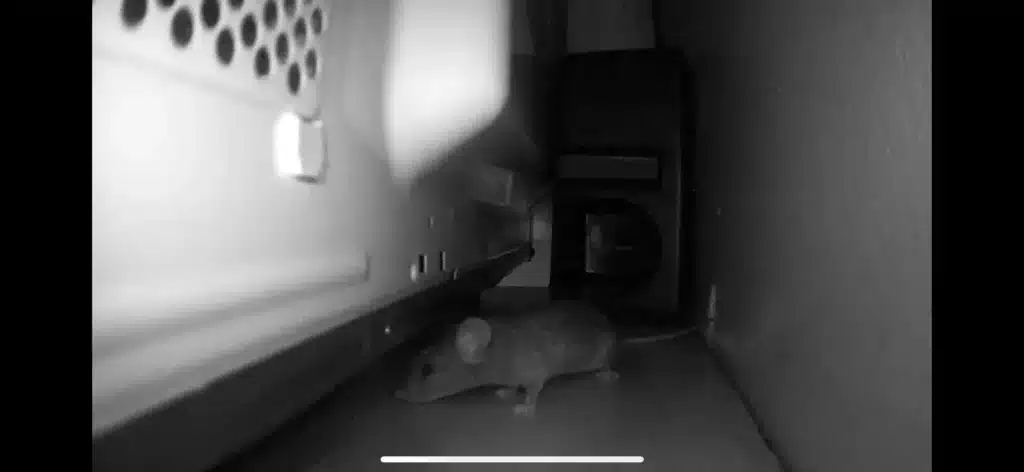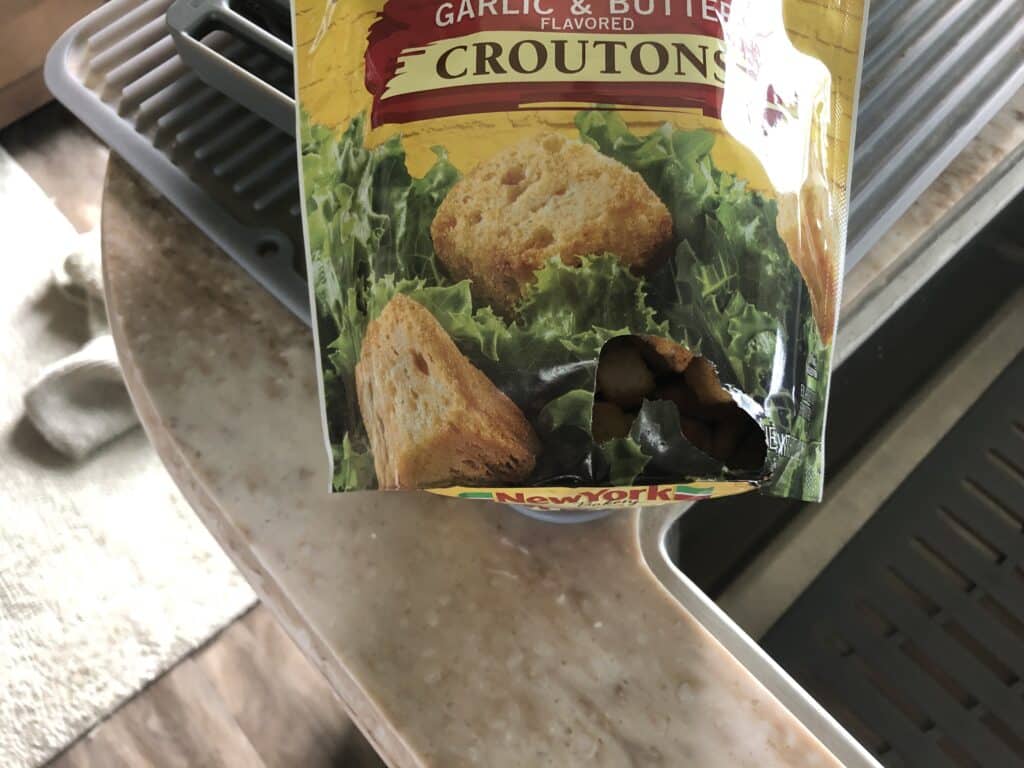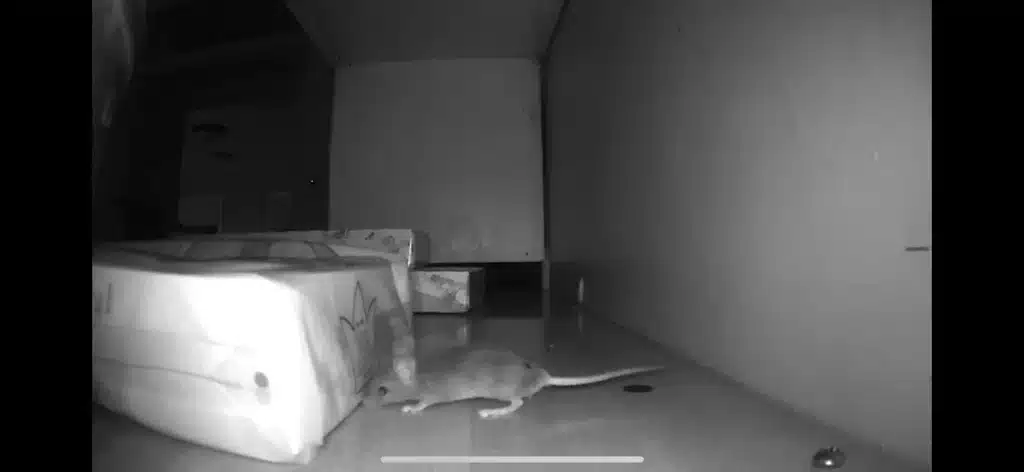If you see one mouse in your home, many others are nearby. Mice infestations happen quickly, especially during the fall and winter months when rodents seek a warm place to stay. It is crucial to eradicate them to prevent the spread of diseases and other health hazards. As a homeowner, you will be happy to know there are efficient mice removal techniques to protect you and your family and prevent damage to your property.
Understanding Mice Behaviors
Mice do not hibernate. They are active all year, which can lead to damaging behaviors every season. Eliminating mice requires creating a strategy that works. Effective strategies address mice behaviors, such as nesting habits, food sources, reproduction, damages, and habitat preferences. For example, determining what attracts mice to your home helps you modify the environment to make it less attractive. Understanding mice reproduction enables you to estimate the size of an infestation.
Below are mice behaviors homeowners should know to create the best removal strategy.

Nesting and Habitat Behaviors
Mice build nests to have a nice place to breed and give birth. They are warm, safe spots for sleeping and storing food and other treasures they collect. Mice tend to create four- to six-inch balls out of paper, string, threads, leaves, insulation, plant materials, fabrics, and other pliable items they find in the area. You may see signs of nest building, including digging around plants and gnaw marks on various items.
Mice prefer living in similar environments to humans. They like homes, sheds, barns, and other structures on your property. They typically nest within 50 feet of food and water sources. If a mouse is nesting under your stove, they may be accessing food there also, or in nearby cabinets or pantries. They may get water from your kitchen sink.
Mice nests are typically found in hidden spaces, usually where it is warm. Examples of nesting spots include under or behind appliances or heaters, walls, cabinets, ducts, or insulation. Mice will build nests under the hood of your car if accessible.
Eating Behaviors

Mice eat between 15 and 20 tiny meals a day. They are omnivores, meaning they will eat a wide range of foods. They prefer seeds, insects, bugs, meat, junk food, and sometimes, soap or glue.
Mice are attracted to areas with debris, clutter, food scraps, and trash. Using these items, they can get a meal and build a nest. Mice only need a hole or crack the size of a dime to squeeze through. They take advantage of any access to your cabinets or pantries. They can also chew holes in pet food bags, cereal boxes, rice, pasta, flour, sugar, and other dry goods.
Reproduction Behaviors
Male mice mate with multiple females during their lifetime. One female and one male mouse can quickly create an infestation in your home or property. Females are ready to mate five to seven weeks after being born. The gestation period is usually about three weeks when they give birth to five or more pups.
Female mice can mate again immediately following the delivery of a litter. Females can give birth to between five and 10 litters a year. That’s a minimum of between 25 and 50 pups annually. Remember that the females within each litter begin reproducing after five weeks.
Without control, homeowners can expect an infestation of thousands of mice to occur within a year. Typically, mice only live for two years. In that short time, they can do a lot of damage.
Mouse Damage
One of the most noticeable damaging behaviors is chewing or gnawing. Mice have molars that continually grow throughout their life span. If their teeth get too large, it becomes painful. Therefore, mice chew on various items to keep their teeth filed.
Mice chew wood, plastic, siding, electrical wires, carpet, fabrics, clothing, mesh, and some thin metals. In your home, this translates to chewing baseboards and structural beams. It also means gnawed cabinets, pipes, vents, rugs, drywall, cardboard, and storage containers. Their behaviors can cause power outages, heating and cooling system failures, and broken water lines.
Mice contaminate your living space by leaving feces and urine wherever they travel. Mouse feces are known to host mold spores that humans should not inhale. If living in your wall or ceiling, urine and feces can seep through, creating ugly stains.
Identify the Signs of a Mouse Infestation

Homeowners must know the signs of a mouse infestation as soon as possible. Otherwise, the problem will become more severe. Common signs of an infestation include the following:
- Feces and urine trails that look like mini runways.
- Scratching noises, usually at night when it is dark and quiet.
- Nests or a scattering of nesting materials.
- Foul odors come from your walls or hidden spaces in your home.
- Gnaw marks on the home’s structure, furniture, or décor.
- Black or gray smudges on floors, baseboards, walls, appliances, or other items are left when their filthy fur rubs against them.
- Tiny footprints in dust or grease or wherever they travel.
- Other pets may see, chase, and bark at mice.
- Live or dead mice found in your home.
Prevent a Mice Infestation
Develop a preventative plan rather than waiting to solve a mouse problem. There are easy and effective prevention strategies you can use to ensure you do not have a mice infestation, like the following:
- Storing food properly in mouse-proof containers prevents rodents from accessing and destroying pantry items.
- Keeping floors and counters free of food, including crumbs, eliminates a food source.
- Removing clutter removes places where mice build nests and nesting materials. Do this inside and outside your home.
- Seal all cracks and holes mice can use as entry points into your home. This may require hiring a professional who has training in identifying access points. They can be very hard to see with an untrained eye. Areas to seal must also include the space around cables and lines that run from outside to inside, around pipes leading to appliances, and around windows and doors.
Professional Mouse Control vs. DIY Mouse Control
Homeowners often try to eliminate a mouse problem using standard, over-the-counter traps. Whether it’s a snap trap, bait house, or glue trap, they won’t work if you don’t use the correct bait. You must also know where to place the bait traps to eliminate the entire population.
Mice are clever and become suspicious when something new appears in their travel paths. If you place a trap in the middle of their path, they will avoid it until they feel it is harmless. While you wait for the trap to snap, the mice multiply.
Professional mouse control offers many advantages, like knowing which baits attract mice most. They develop control strategies that include scent repellents, exclusions, and properly placed traps. Professionals apply sanitization to areas where there is feces and urine.
Professional Mice Control at Critter Control
Hiring a professional mouse control technician at Critter Control offers you and your family advantages that far outweigh trying to get rid of a mouse infestation yourself. Advantages include expertise, experience, assessment and custom solutions, integrated pest management strategies, safety, compliance, and long-term solutions.
Expertise and Experience
Critter Control technicians have extensive training in rodent behaviors and control. They can identify which mouse species is on your property. Then, they create a specific plan and implement eradication strategies and exclusions to prevent future mouse problems.
Assessment and Custom Solutions
Critter Control professionals offer a comprehensive inspection of your home and property. They locate entry points, nesting sites, food and water sources, and damages. What the inspection reveals, such as the size of the infestation and potential challenges, will be factored into the custom treatment plan.
Mouse Traps and Integrated Pest Control
Integrated pest management strategies are combinations of effective treatments. Rather than implementing one method, Critter Control techs utilize multiple methods to ensure eradication. Popular combinations include trapping, rodenticides, sealing access points, ongoing monitoring, exclusions, and prevention.
Safety and Compliance
Critter Control experts possess the education and experience needed to apply rodenticides correctly. Their primary focus is safety for you and your family and complying with regulations while protecting your health and the environment.
Long-Term Solutions
While it would be easier to focus on short-term solutions when dealing with mice infestations, Critter Control technicians prefer to take extra steps to help you prevent future infestations.
Get them out.
Keep them out.®
Experiencing a wildlife or pest issue? We can help! Complete this form and your local Critter Control® office will contact you to assist.
- Baby Mice
- Dead Mice
- House Mouse Nest
- Mice Behavior in the Winter
- Fear of Mice
- How to Catch a Mouse
- Life Cycle of a Mouse
- Mice in Attic Removal
- Mice in Crawl Space
- Mice in the House
- Mice in the Walls
- Mice in Yard
- Mice Problems
- Mouse Poop & Droppings
- Mice in Pantry
- Mouse Noises
- Mouse Repellent
- Mouse Tracks
- Mouse Traps & Bait
- Mice vs. Rats
- Types of Mice
- Diseases That Mice Carry
- Mouse Appearance
- Where Do Mice Hide?
- White Footed Mouse Habitat